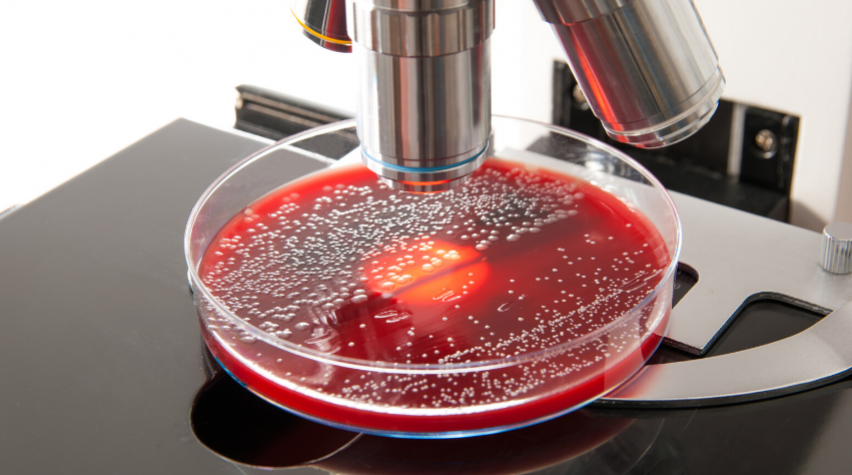
The scientists and engineers working in the field of synthetic biology design and construct novel biological entities — such as proteins, genetic circuits, and metabolic pathways — and redesign existing biological systems.
Advances in synthetic biology
Synthetic biology is growing in both interest and impact. In the near future, advances in this field will enable us to produce personalized therapeutics, sustainable biofuels and textiles, and animal-free meat, among many other useful products. Synthetic biology is made possible by a plethora of tools that allow researchers to genetically engineer biological systems. Metabolic engineering is just one tool that synthetic biologists can use for problem-solving and creating new functionalities in cells.
The redesign of metabolic processes
Metabolic engineering involves the redesign of existing natural metabolic pathways or processes. Over the past few decades, synthetic biology and metabolic engineering have been used together in research to discover and create novel biological entities — some of these entities have made it all the way from the laboratory to commercial scale.
One way to better understand how metabolic processes can be redesigned is by looking at naturally produced molecules, or metabolites, with therapeutic functions. For example, the antifungal drug caspofungin is produced at very low yields in fungus. By modifying and transplanting the natural metabolic pathway responsible for caspofungin production into bacteria, manufacturers can now produce commercial quantities of the drug to treat patients with fungal infections.
By studying and modifying natural biological processes and the chemistry involved in them, we can identify ways to improve processes that already exist, rather than creating a new process from scratch. Consider the compound caspofungin. It has a large structure with many chiral centers, which make it tricky to synthesize in large quantities. Using the known process as a guide, synthesis of caspofungin — and countless other substances — can be improved by several synthetic biology strategies, which include:
- knocking out competing pathways
- over-expressing enzymes of the limiting reaction step
- choosing an appropriate cell factory, or host organism, to reproduce the desired chemical at scale.
Companies utilizing metabolic engineering
It is challenging to recreate metabolic processes in a host organism because it is difficult to identify all of the biosynthetic enzymes needed to produce a molecule. Researchers are working to elucidate metabolic processes by improving technologies for DNA and RNA sequencing and structure-function predictions. In many cases, only a partial reconstruction of the metabolic pathway is possible, which can create undesired byproducts and unexpected side reactions.
Despite the challenges, several companies, from startups to conglomerates, have harnessed the power of metabolic engineering to produce chemicals that are used in various applications, such as fuels, materials, and pharmaceuticals.
Butamax, a joint venture between BP and DuPont, has developed an alternative route for producing isobutanol using a biomass feedstock sourced from corn, wheat, and surgarcane. Their product, which they call bio-isobutanol, can be blended with gasoline to fuel vehicles. As a drop-in fuel, it has the ability to utilize existing infrastructure, boosting its efficiency and value.
Bolt Threads, a biomaterials company, is revolutionizing how we create textiles.(1) The textile industry is often disparaged for being unsustainable, inhumane, and environmentally irresponsible. Bolt Threads has used synthetic biology to recreate spider silk fibers without the use of spiders. They create their product Microsilk by genetically modifying yeast and bacteria host cells to express silk proteins at high rates and yields. The silk proteins are then coagulated, washed, and spun into fibers, which can be converted into yarns for apparel. Microsilk is sustainably produced at large scale and is biodegradable.
Bolt Threads has partnered with companies such as Best Made Co. and Adidas, and designer Stella McCartney, to offer products from ties, to hats, and soon handbags. Using novel synthetic biology and metabolic engineering strategies, Bolt Threads is also creating synthetic leather and skincare treatments.
The future of metabolic engineering
The future of metabolic engineering is linked to what we can learn about metabolism in general and how it is regulated. Metabolic processes contribute to the overall metabolism of an organism, which may be interconnected to many other processes within the body. The intricacies of these processes make it difficult to isolate one from another. As computational methods improve, there will be greater opportunities for researchers to more accurately and rapidly fill in the gaps in metabolic pathways.
The International Metabolic Engineering Society will host one of the largest forums for metabolic engineering at the Metabolic Engineering 13 Conference (ME13) in Honolulu, HI, July 12–16, 2020. Learn more about the leading technologies and the future of metabolic engineering. Visit www.aiche.org/imes for more details.
1. Visjager, et al., “Developing the Next Generation of Sustainable Biomaterials,” Chemical Engineering Progress, 115 (10), pp. 30–35 (Oct. 2019).
This article originally appeared in the Technical Entity Trends column of the December 2019 issue of CEP. Members have access online to complete issues, including a vast, searchable archive of back-issues found at aiche.org/cep.


